Effective Landscape Drainage Solutions

Spring offers moderate temperatures and soil conditions ideal for installing landscape drainages before heavy rains.
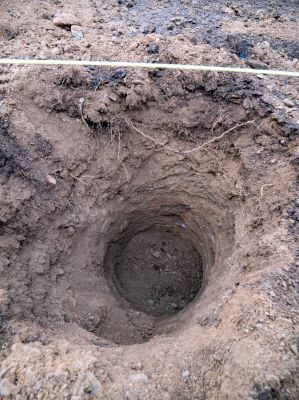
Summer is suitable if soil is dry and stable, reducing installation challenges during hot weather.

Fall allows for installation when rainfall is increasing but temperatures remain manageable, preparing landscapes for winter.
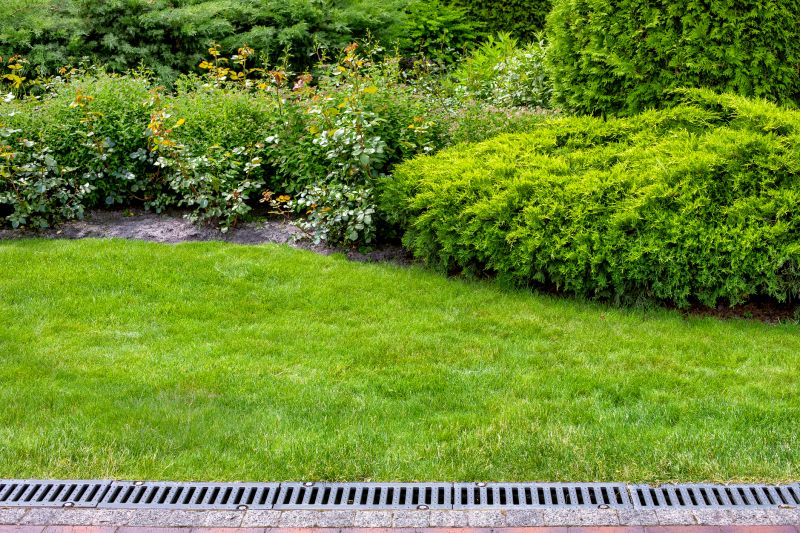
Ways to make Landscape Drainages work in tight or awkward layouts.

Popular materials for Landscape Drainages and why they hold up over time.
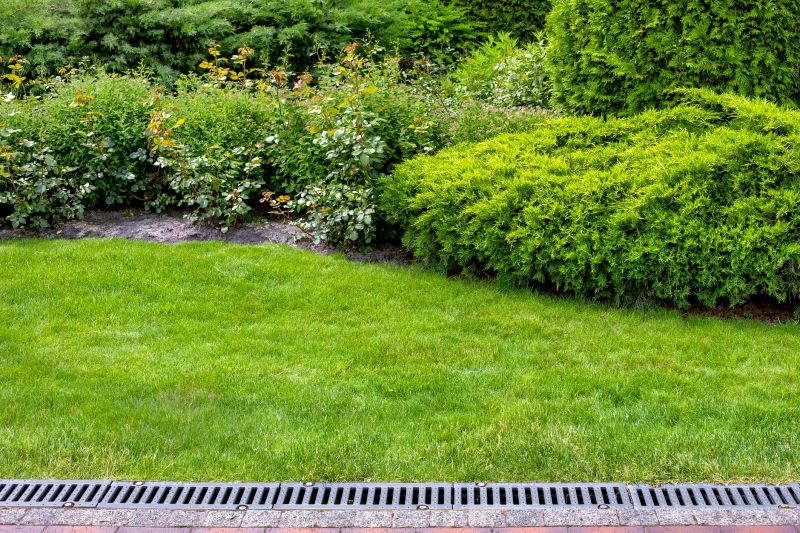
Simple add-ons that improve Landscape Drainages without blowing the budget.
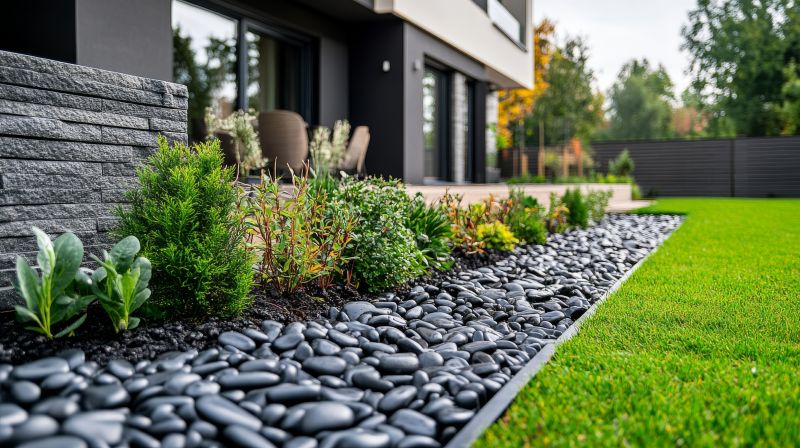
High-end options that actually feel worth it for Landscape Drainages.

Finishes and colors that play nicely with Landscape Drainages.
Landscape drainages are essential systems designed to redirect excess water away from properties, preventing erosion and water damage. Proper drainage improves soil stability and supports healthy plant growth. They are typically composed of trenches, pipes, and gravel beds that facilitate efficient water flow. Implementing drainage systems at optimal times enhances their effectiveness and longevity.
Statistics indicate that improper drainage can lead to significant property damage, with water-related issues accounting for a large percentage of landscape repairs. Installing drainage during suitable seasons minimizes disruptions and ensures systems function correctly during periods of heavy rainfall. Planning installations during optimal weather conditions also reduces soil compaction and installation costs.
Soil moisture levels and compaction influence the best timing for drainage installation.
Rainfall and temperature fluctuations affect the ease and success of drainage system setup.
Regular inspections are best scheduled during dry periods to ensure system efficiency.
Aligning drainage projects with seasonal weather patterns improves results.
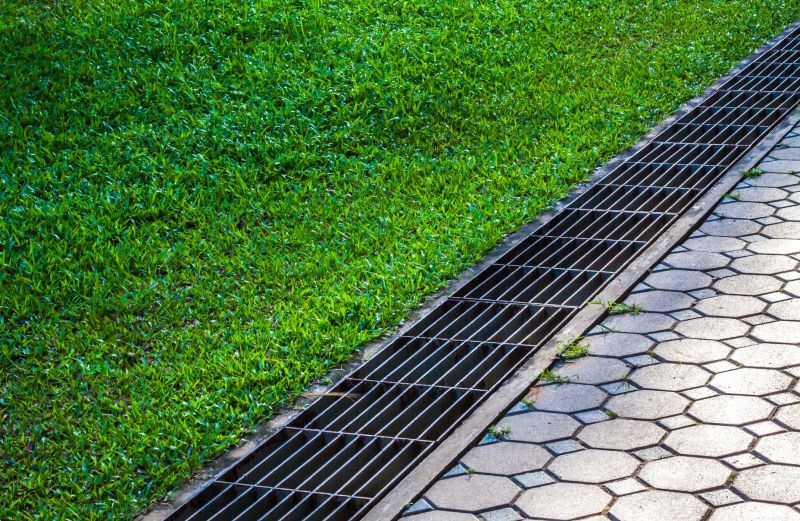
Properly timed installation ensures optimal performance and durability.
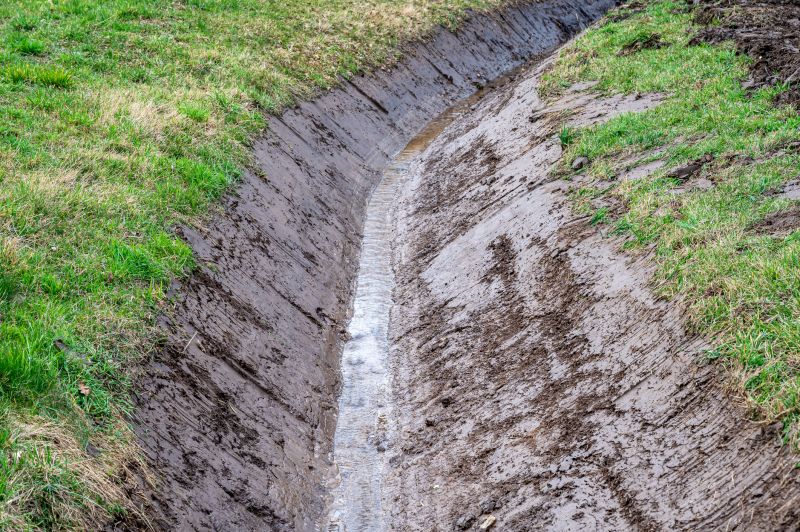
Preparing soil during dry seasons facilitates easier trenching and pipe placement.
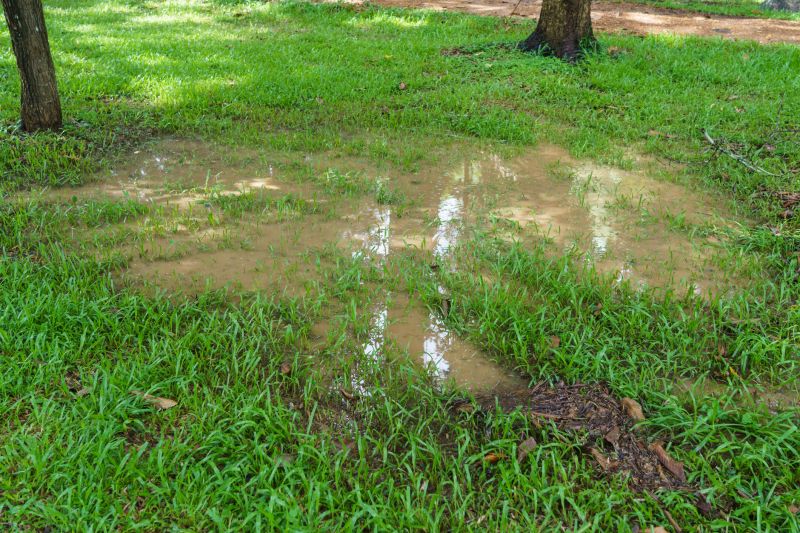
Effective drainage prevents pooling and soil erosion.

Little measurements that prevent headaches on Landscape Drainages day.
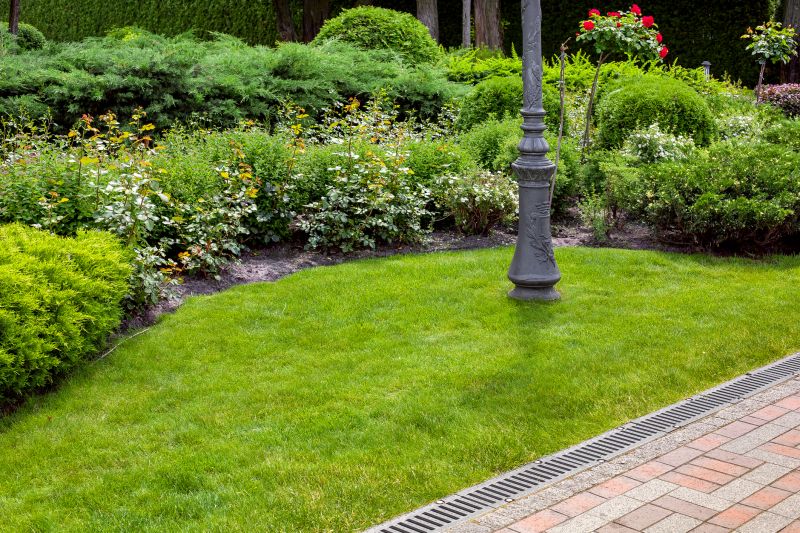
Scheduled inspections during dry months help identify and fix issues early.

Monitoring weather forecasts guides the timing of installation projects.
| Season | Best Practices |
|---|---|
| Spring | Ideal for installation before heavy rains; soil is workable. |
| Summer | Suitable if soil is dry; avoid peak heat periods. |
| Fall | Good for preparing landscapes for winter; moderate rainfall. |
| Winter | Generally not recommended due to frozen ground and low temperatures. |
| Off-season | May offer cost benefits; ensure soil is not frozen or overly saturated. |
Choosing the right time for landscape drainages depends on local climate conditions and soil characteristics. Proper planning ensures efficient water management and reduces potential disruptions during installation. Consulting with drainage specialists can help determine the optimal season based on specific site conditions.

Visual representation of effective landscape drainage setup.
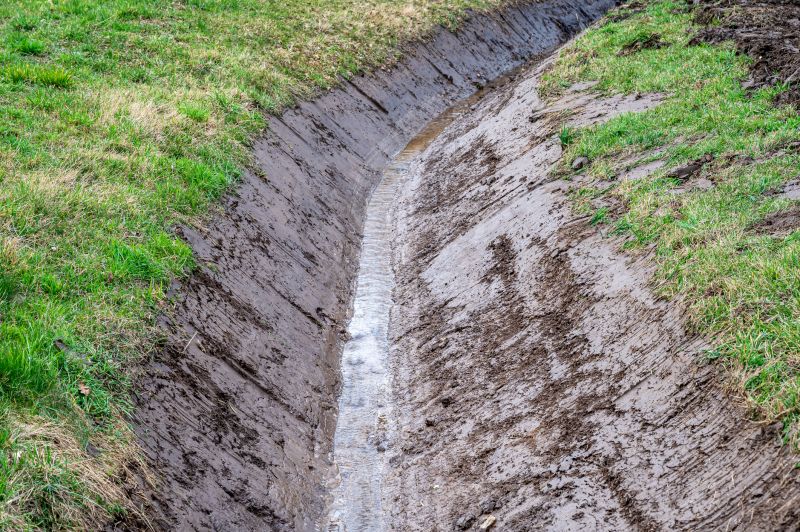
Preparing soil during optimal seasons enhances installation success.
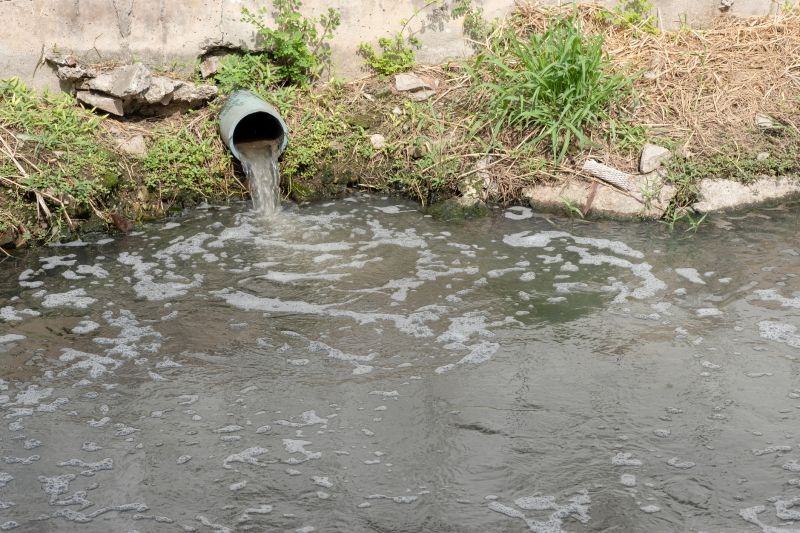
Properly installed systems effectively manage excess water.
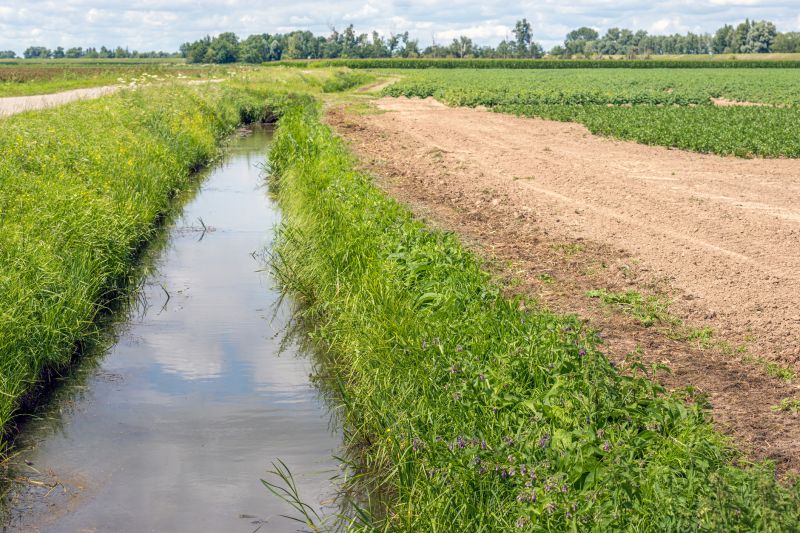
Regular inspections during dry periods ensure system performance.
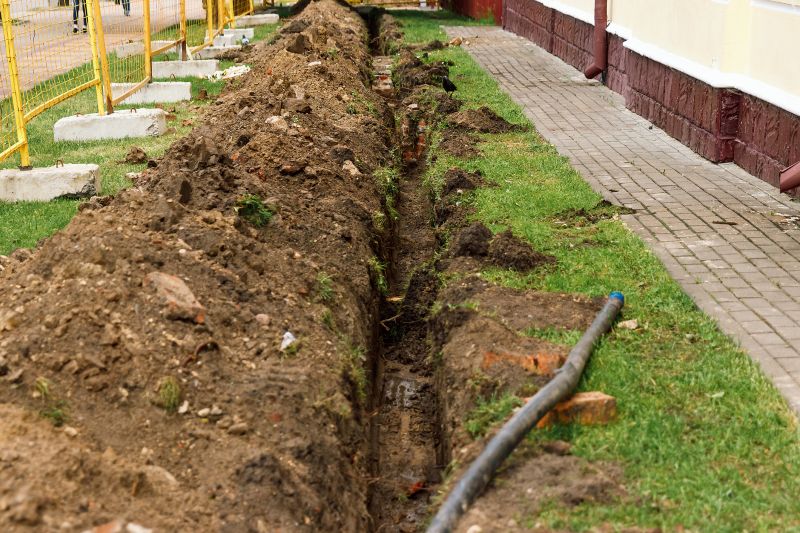
A frequent mistake in Landscape Drainages and how to dodge it.

Small tweaks to make Landscape Drainages safer and easier to use.
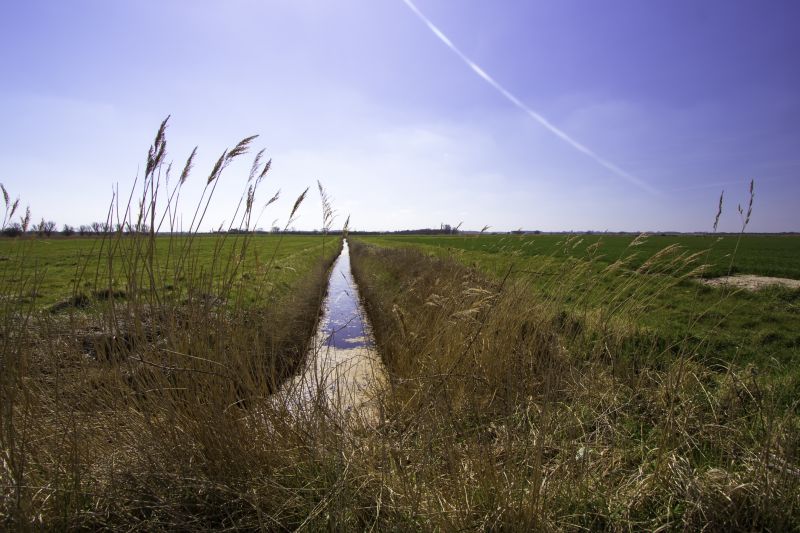
Lower-waste or water-saving choices for Landscape Drainages.
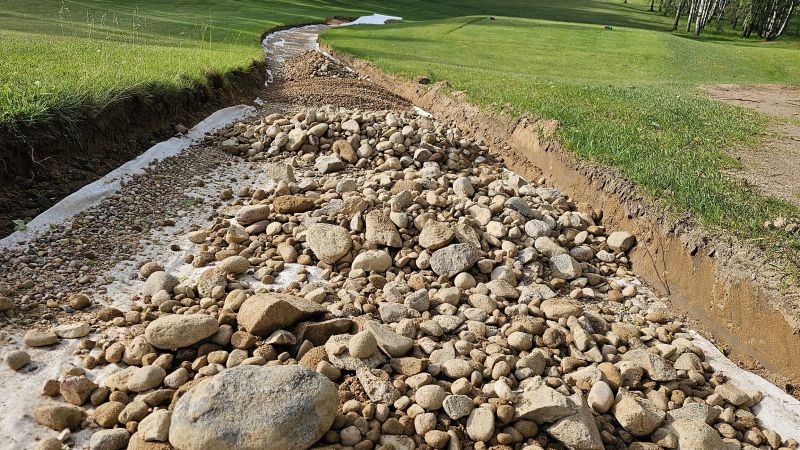
The short, realistic tool list for quality Landscape Drainages.
Interested in landscape drainages? Filling out the contact form can provide more tailored information and assistance for planning and installing drainage systems effectively.
